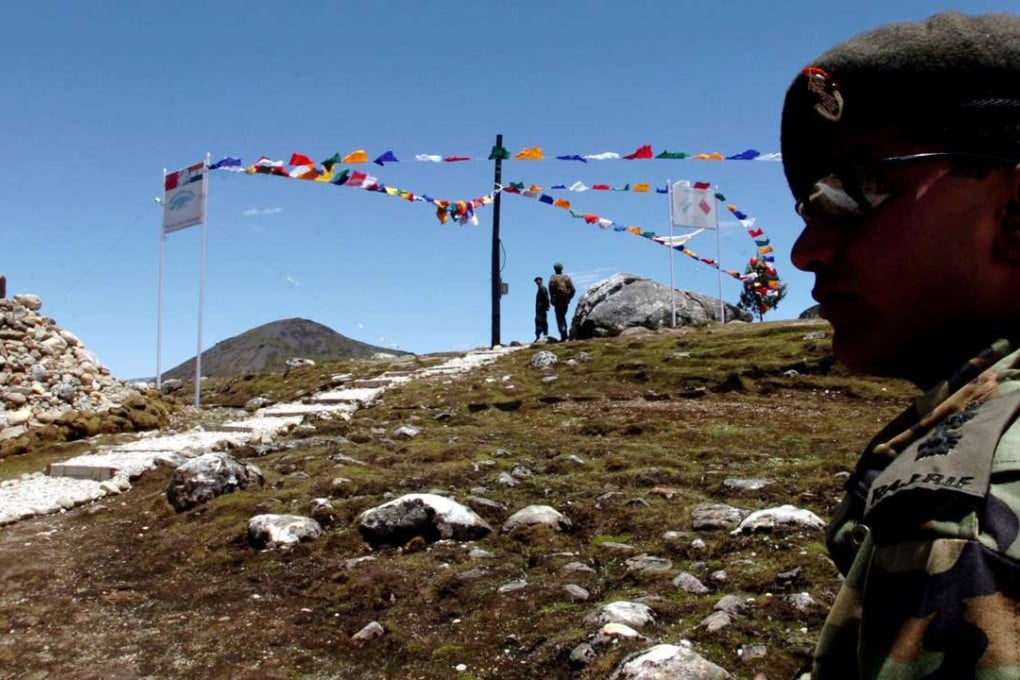The British forgery at the heart of India and China’s Tibetan border dispute
How a visit by an American ambassador to Arunachal Pradesh has endorsed an illegal boundary at a stolen town

There is an awkward – and for Tibetans, melancholy – back story to India’s employment of VIP visits by the US ambassador and the Dalai Lama to assert its sovereignty over Arunachal Pradesh.
Recently US Ambassador Richard Verma visited the town of Tawang in Arunachal Pradesh, the region in northeastern India whose sovereignty has been contested by the People’s Republic of China for over half a century.
In line with US foreign policy priorities, Ambassador Verma was giving China a public poke in the nose and a boost to India.

At the same time, the US was endorsing one of the most belaboured and discredited exercises in imperial mapmaking – the McMahon Line – and an instance of great power betrayal – the alienation of Tawang.
The McMahon Line, drawn at the behest of the British Raj in 1914, has been adopted by the Indian government as the definitive statement of its border with China in the northeast, although the line has never been accepted by any Chinese government. It was drawn by Henry McMahon and accepted by representatives of the Tibetan government in bilateral discussions that were contemporaneous but separate from the abortive tripartite British/Tibetan/Chinese negotiations on the Simla Convention.